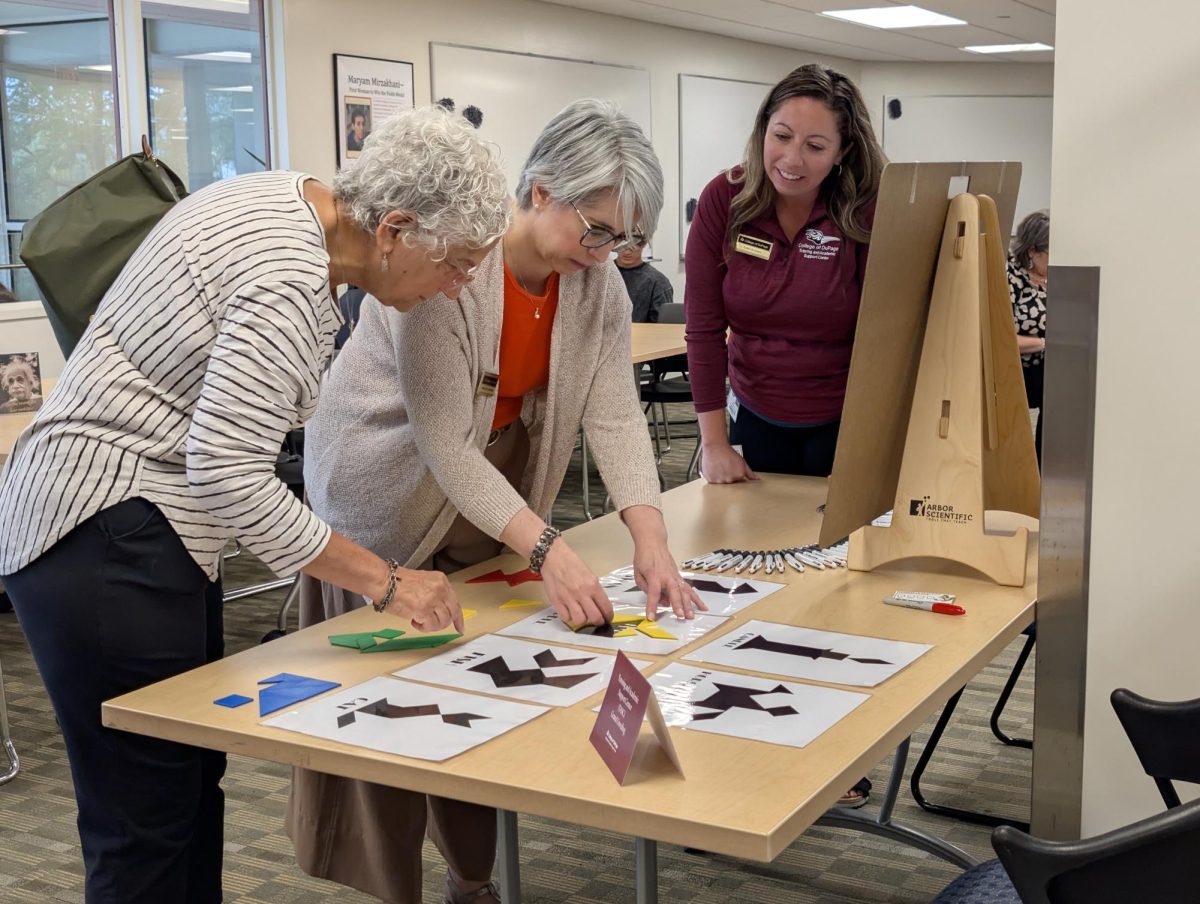Test prep is a rite of passage for many Asian-Americans

Students prep for the SAT at a test prep center in New York City.
November 28, 2018
![]()
When ACT released its latest test scores this past October, the results showed that average scores took a dip for every racial group in the United States except one – Asian-Americans.
A similar situation played out with the SAT. Asian-Americans experienced a gain over the prior year – 42 points on a 1600-point scale – whereas other groups had more modest gains, no gains, or lost ground.
The issue of Asian-Americans’ high test scores featured prominently in a pending legal case in which a group called Students for Fair Admissions – led by an activist who opposes the consideration of race in college admissions – alleges that Asian-Americans are discriminated against in Harvard College’s admission process.
As a researcher who specializes in the study of Asian-Americans and higher education, I see three factors that help explain this trend around test scores.
1. Many Asian-American students are socialized into test prep
As I document in my book, “Race on Campus,” many Asian-American students get frequent messages from an early age about the importance of doing well on tests. Test prep businesses may post an “honor roll” that features local youth and their elite college destinations. Relatives may stress that good test scores matter.
These messages are powerful, as explained in the book “The Asian American Achievement Paradox.” They set up high expectations for Asian-American students. Test prep becomes a way of meeting those expectations.
In many ways, these messages reflect the influence of East Asia, where college admission is decided on a single high-stakes test – such as China’s gaokao or South Korea’s suneung – and where intense test prep is a regular feature of teenage life. For that reason, many Asian immigrant parents see the SAT or ACT as the equivalent of Asia’s admissions tests. As a result, many conclude that test prep is a worthy investment.
This helps explain why Asian-Americans, and in particular Chinese- and Korean-Americans – have the highest rate of participation in SAT/ACT test prep.
In one study, I found that over half of Korean-Americans and 42 percent of Chinese-Americans took an SAT prep course prior to college, compared to 35.6 percent of white students, 32.4 percent of Hispanic students and 40.4 percent of black students. While affluent Asian-Americans are more likely to take test prep, 46.7 percent of low-income Korean-Americans still took a prep course.

Many Asian-American students are socialized from an early age to score high on college entrance exams.
2. Asian-Americans are better prepared to benefit
East Asian-Americans are the only group that show statistically significant gains from test prep. Average gains linked with test prep are more in the range of 10-30 points, versus the hundreds of points that are often advertised. Why?
Test prep tends to work best when students already have high levels of academic preparation. While there is a wide range of experiences within the Asian-American community, on average, Asian-Americans tend to have access to higher quality K-12 education than other minority groups.
They are also less likely to attend racially segregated, poorly resourced schools, unlike their black and Hispanic counterparts.
For these reasons, even some lower-income Asian-Americans enter test prep with high levels of prior educational achievement.
This is not to say that test prep can’t help students with weak academic preparation. It just won’t help in a way that will radically transform their ACT or SAT score, most likely. For instance, one study found no significant benefit from test prep among a sample of low-income students.
3. Test prep companies target Asian-American communities
Test prep businesses that cater to Asian-Americans are a mainstay in urban centers like Koreatown in Los Angeles or heavily Asian suburbs, such as the San Gabriel Valley, as noted sociology professor Min Zhou has found.
Signs in the front window of these businesses advertise in multiple languages. These test prep companies also advertise in Asian-language newspapers and ethnic media. Their presence is hard to miss, making SAT/ACT prep highly visible and available for Asian-American students. As The New York Times observed, most of New York City’s 411 prep centers are based in Queens and Brooklyn, “with over a quarter of them springing up in the past four years alone, most notably in the boroughs’ Asian enclaves of Flushing and Sunset Park in Brooklyn.”
“On the opposite coast, 861 such tutoring centers exist in California’s Orange, Santa Clara and Los Angeles counties, all heavy with Asian-American families,” the article states.
Beyond test scores
Related to the Harvard case, test scores for all students should be considered with a grain of salt. Yes, high scores are impressive, but they should be understood in the context of opportunity. It’s also important to note that strong scores are the norm in Harvard’s applicant pool.
Given that test scores are limited in their ability to predict future achievement, and are heavily shaped by race and social class, colleges should consider the value of SAT-optional or even doing away with the test.
But as long as the ACT and SAT remain part of college admissions, it should be understood that test prep alone won’t be enough to eliminate racial disparities in standardized test scores.
Julie J. Park served as a consulting expert for The President and Fellows of Harvard College (Harvard Corporation) (“Harvard”) in connection with the matter of Students for Fair Admissions, Inc. v. Harvard, Civ. Act. No. 1:14-14176. The views and opinions expressed here are her own and do not reflect Harvard’s views or information learned from Harvard in the course of her work.


















